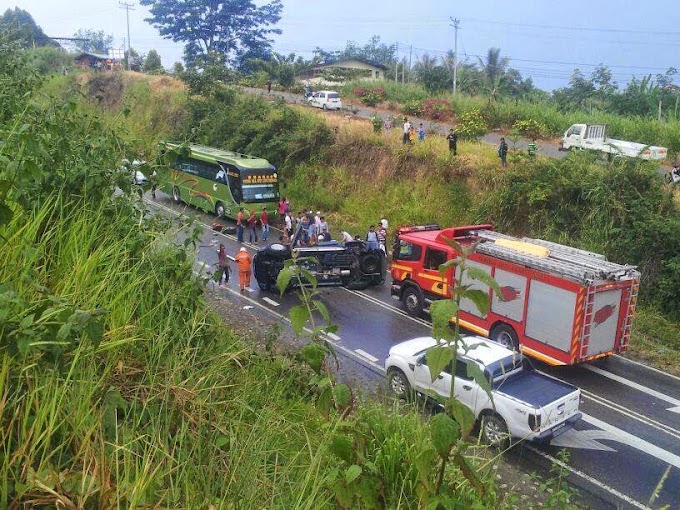Although it once housed poison gas factories, Japan's small island of Okunoshima is now home to hundreds of friendly bunnies.
More than 300 rabbits live on Okunoshima. (Photo: GetHiroshima/flickr)
Just a couple miles off the coast of Takehara, Japan, lies a small island with a dark history, wild parks and a large population of rabbits eager for tourist attention.
But before Okunoshima was a giant petting zoo, it served as the base for the Imperial Army’s lethal gas operation. From 1929 to 1945, more than 6,000 tons of poison gas were manufactured on the remote island, and the program was shrouded in secrecy.
For 16 years, Okunoshima was omitted from maps, and workers who produced the five types of poison gas — which were mostly used in warfare in China — were told to keep the factories a secret.
While the husks of factories and other long-abandoned buildings remain on the island, nature has reclaimed them. Today, vines snake over crumbling walls and floppy-eared critters seek shelter from the elements.
According to some sources, the rabbits were brought to Okunoshima to test the effects of the poison and released by workers when World War II ended. Others sources say that a group of schoolchildren on a field trip released eight of the animals in 1971.
Regardless of how the island got its nickname, the first generation of bunnies did what rabbits do best, and the predator-free island is now home to more than 300 of the animals.
The resort has experienced a steep increase in visitors since knowledge of the island’s furry residents spread on the Internet. Animal lovers who frequent Japan’s cat cafes and dog-rental shops have found another place to get their cute fix, and travel company Rakuten has taken advantage of the sudden interest by offering a “Let’s Play With Rabbits!” tour in Japanese and English.
Today the island is better known for its wildlife and natural beauty than its military history; however, Rabbit Island’s poison gas legacy isn’t over. In addition to its parks and nature museum, Okunoshima is also home to the Poison Gas Museum — and lingering chemical contamination.
In 1996, the water supply was found to contain arsenic, and in 2005 the Environment Ministry reported arsenic levels 49 times the environmental standard at one Okunoshima location.
The Japan Times reports that 6,500 workers were employed at dozens of buildings on the island from 1929 to 1945 and although no official statistics exist, many workers became ill or suffered respiratory problems. Some workers were also involved in accidents and “became horribly disfigured when the arsenic in the mustard gas penetrated their bodies and created bubbles under the skin.”
Although the island is said to be safe for tourists, Masayuki Yamauchi, a volunteer who gives tours of Okunoshima’s crumbling factories, says there are 11 sealed locations on the island where workers reportedly buried gas when the war ended.
To learn more about Rabbit Island, visit the Kyukamura Okunoshima hotel website. You can watch a video of the island's friendly furry inhabitants below.

+%E2%80%93+Let%E2%80%99s+travel+to+Rabbit+Island+%C5%8Ckunoshima+in+the+Inland+Sea+1.JPG)







